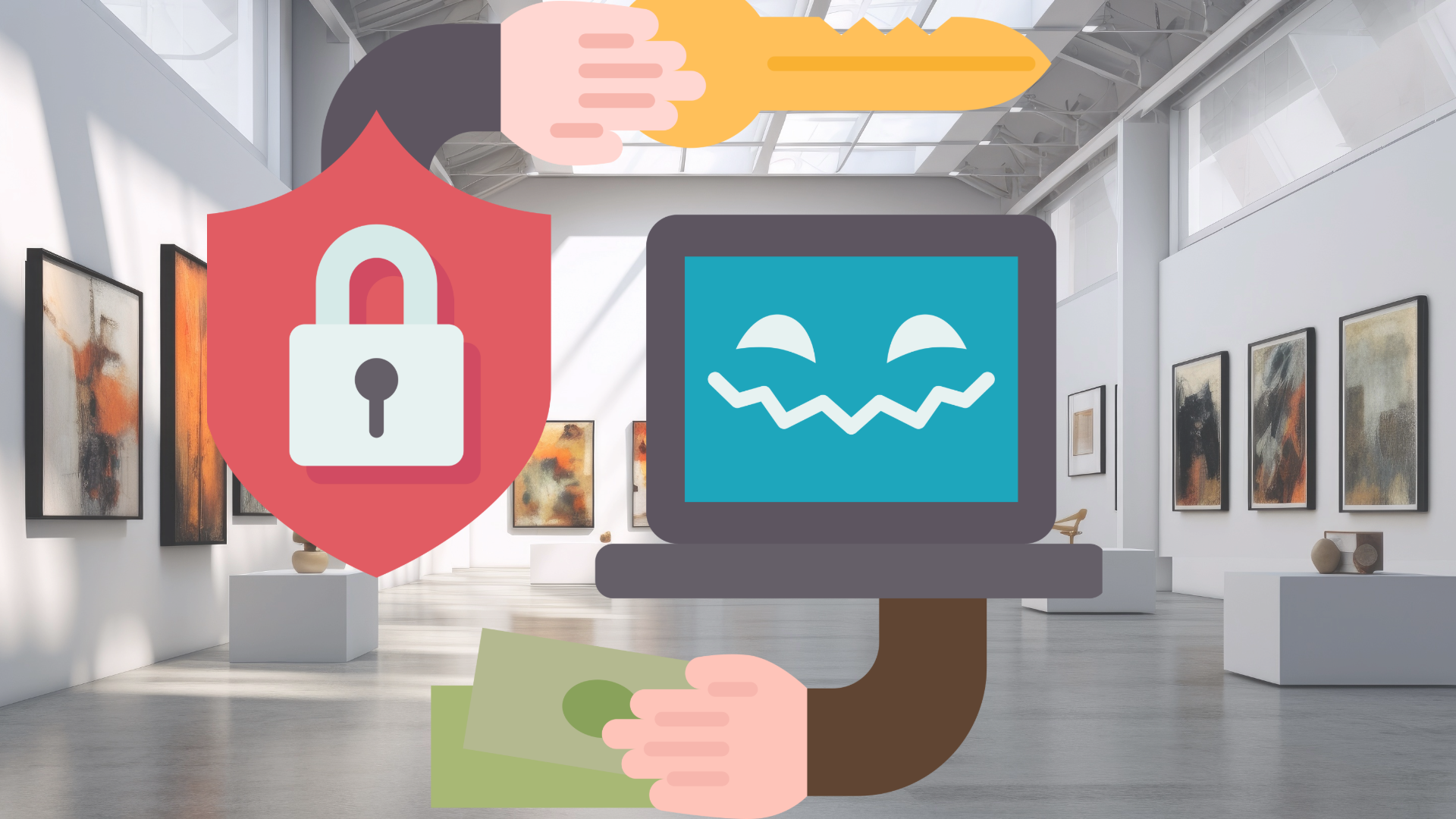In today’s increasingly digital world, cybersecurity is no longer optional — it’s essential. Museums and cultural institutions face unique challenges in keeping their data safe, making the protection of sensitive information and the maintenance of operational continuity essential to preserving both their collections and their missions.
Unique Cybersecurity Risks for Museums and Cultural Institutions
Museums and similar organizations face cybersecurity threats that are particularly complex:
Collection Management Systems: Housing detailed artifact records, provenance information, and sensitive intellectual property, these databases are prime targets for hackers seeking valuable information.
Donor and Member Databases: Personal and financial data associated with patrons, donors, and staff can be exploited for identity theft and fraud.
Operational Disruptions: Downtime caused by cyberattacks can cancel exhibitions, delay public programming, and result in significant financial losses and reputational harm.
IoT and Smart Security Devices: Network-connected security cameras and sensors can become entry points for attackers if they are not properly maintained and updated.
Unlike large corporations, many museums may lack dedicated IT security teams, making them more vulnerable to sophisticated attacks.
Recent Real-World Cybersecurity Incidents
Intrepid Museum Data Breach (December 2023): The Intrepid Museum in New York discovered unauthorized access to its network, exposing the personal information of employees, visitors, and interns. The breach prompted significant data privacy concerns and operational reviews.
British Library Cyberattack (October 2023): A devastating ransomware attack severely disrupted the British Library’s services and leaked over 600GB of sensitive internal data. The breach required an estimated £6–7 million recovery effort, highlighting how cultural institutions can become high-value targets for cybercriminal groups.
These events demonstrate that even the most prestigious and historically significant institutions are not immune to cyber threats.
Key Steps to Strengthen Cybersecurity
While the cyber threat landscape continues to evolve, there are critical steps that organizations and individuals can take to safeguard themselves:
Implement Strong Passwords: Ensure that all systems require strong credentials and passwords.
Maintain Updated Systems: Regular patching and firmware updates are critical to closing known security vulnerabilities.
Educate Your Team: Train employees to recognize phishing emails, suspicious links, and social engineering tactics.
Back Up Data Securely and Regularly: Keeping backups offline or in secured cloud environments ensures you can restore operations quickly after an attack.
Proactively Monitor Systems: Regular health checks and status monitoring help catch issues early, before they escalate into full-blown breaches.
How Art Sentry’s SentryCare Professional and Platinum Services Help
Recognizing the vulnerabilities cultural institutions face, Art Sentry developed SentryCare Professional and SentryCare Platinum tiers to proactively defend against these cybersecurity threats:
SentryCare Professional:
Proactive Hardware Health Monitoring, ensuring security cameras and server components are performing optimally.
Quarterly Operating System Updates to patch critical vulnerabilities, enhancing server security and performance.
SentryCare Platinum:
Builds on all the protections offered in the Professional Tier.
Quarterly Axis Camera Firmware Updates to protect against camera hacking and unauthorized access attempts.
By implementing these comprehensive services, institutions can enjoy greater peace of mind, knowing their critical systems are better protected, their operational continuity is safeguarded, and their security infrastructure stays one step ahead of evolving cyber threats.


